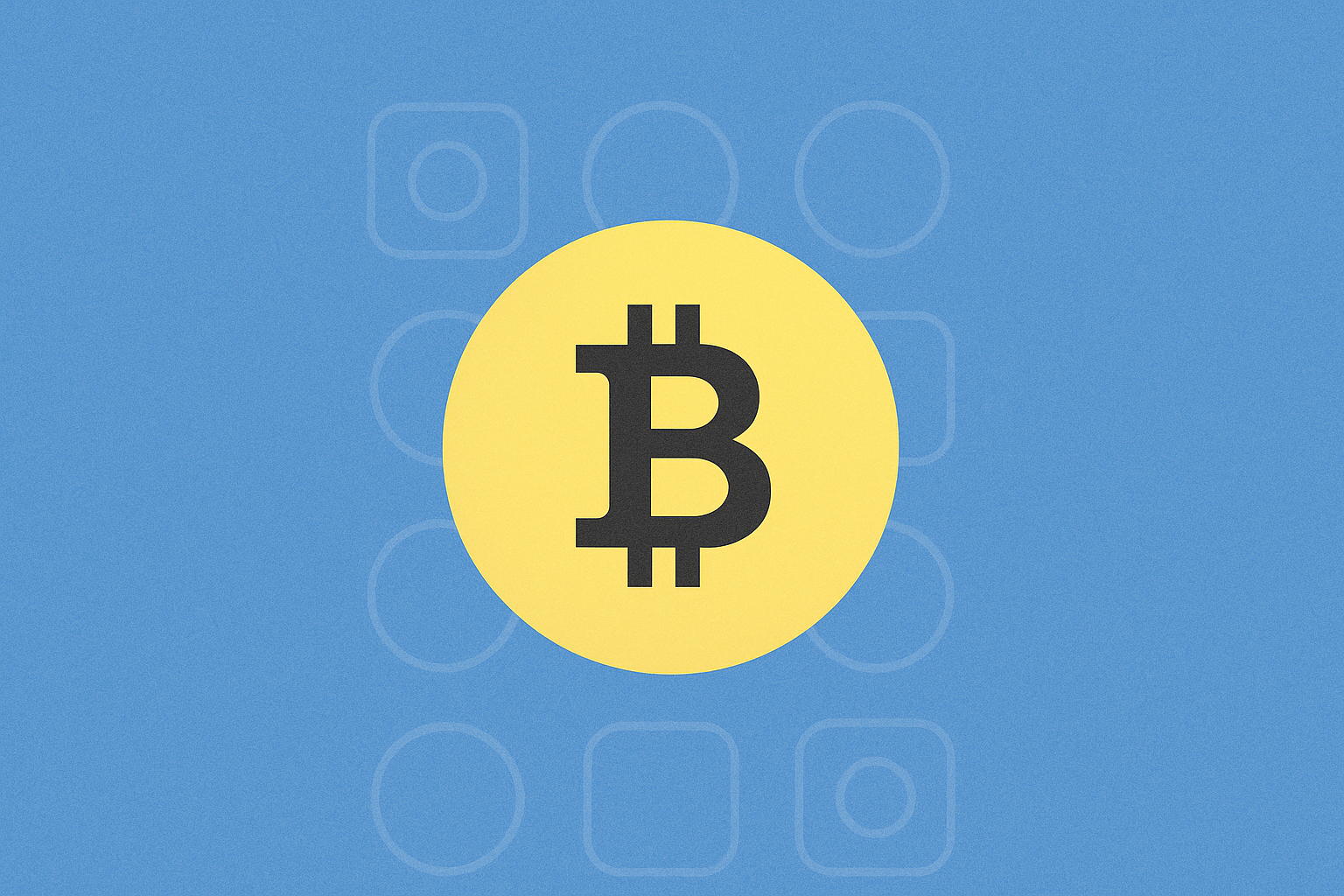Hyperliquid'in ADL mekanizması, kripto piyasasındaki volatilite koşullarında Binance'in ADL mekanizmasıyla nasıl karşılaştırılıyor?


Hyperliquid’in şeffaf ADL mekanizması yalnızca aşırı piyasa oynaklığında devreye giriyor
Hyperliquid’in Otomatik Kaldıraç Düşürme (ADL) mekanizması, yalnızca piyasada olağanüstü oynaklık yaşandığı dönemlerde etkinleşmek üzere tasarlanmıştır. Bu şeffaf sistem, yüksek kaynaklara sahip kullanıcıları önceliklendirir ve temel işlem kurallarını değiştirmeksizin piyasaların istikrarını sağlamayı hedefler. ADL, kullanıcı kaldıraçlarının önceden belirlenen eşikleri aşmasıyla tetiklenir; bu durum genellikle ciddi piyasa dalgalanmalarında görülür. Örneğin, yakın zamanda HYPE fiyatlarının $20 seviyelerine kadar gerilediği düşüş sırasında Hyperliquid, %100 kesintisiz hizmet sundu ve iki yılı aşkın süredir ilk kez çapraz marjda ADL mekanizmasını devreye aldı. Bu uygulama, platformun piyasa istikrarı ve kullanıcı koruması konusundaki kararlılığını gözler önüne seriyor.
Aşırı oynaklığın Hyperliquid’in işleyişine etkisini göstermek üzere aşağıdaki verilere göz atabilirsiniz:
| Olay | HYPE Fiyatı | Likidasyonlar | ADL Aktivasyonu |
|---|---|---|---|
| Normal İşlem | $55.477 | En düşük | Hayır |
| Piyasa Düşüşü | $20.970 | 24 saatte $10 milyar | Evet |
Bu veriler, ADL'nin yalnızca olağanüstü piyasa koşullarında devreye girdiğini ve aşırı volatiliteye karşı bir güvenlik önlemi olarak rolünü vurguluyor. Hyperliquid, bu tür önlemlerle, benzeri görülmemiş piyasa zorluklarında dahi güçlü ve dayanıklı bir işlem ortamı sunmayı hedefliyor.
Binance’in ADL sistemi, kullanıcı farkındalığı için 5 seviyeli risk göstergesi kullanıyor
Önde gelen kripto para borsası tarafından uygulanan Otomatik Kaldıraç Düşürme (ADL) sistemi, vadeli işlemlerde olası likidasyonları yönetmek ve kullanıcı farkındalığını artırmak için gelişmiş bir 5 seviyeli risk göstergesi sunuyor. Sistem, piyasalarda oynaklık sebebiyle likidasyon tetiklendiğinde, hem kâr hem de kaldıraç kriterlerine göre en kârlı pozisyonların kapatılmasına öncelik verir. Risk seviyeleri kullanıcıya görsel olarak aktarılır; böylece yatırımcılar pozisyonlarının ADL’den etkilenme ihtimalini net şekilde görebilir.
| Risk Seviyesi | Gösterge Rengi | Sıra Pozisyonu |
|---|---|---|
| 1 (En Düşük) | Yeşil | Alt %80 |
| 2 | Yeşil-Sarı | %60-%80 |
| 3 | Sarı | %40-%60 |
| 4 | Turuncu | %20-%40 |
| 5 (En Yüksek) | Kırmızı | Üst %20 |
Bu şeffaf sistem sayesinde yatırımcılar, pozisyonlarının ADL sırasındaki önceliğini gerçek zamanlı olarak takip edebilir ve risklerini azaltacak adımlar atabilir. Borsa, ADL kuyruğunu net şekilde görünür kılarak kullanıcıların stratejik ve bilinçli kararlar almasını destekler. Risk göstergesi üst seviyelere yaklaşan yatırımcılar, kaldıraçlarını düşürerek veya pozisyonlarını kısmen kapatarak risklerini azaltabilir. Sistem, vadeli işlemler piyasasının genel istikrarını korurken, katılımcıların risk bilinciyle daha sorumlu hareket etmesini teşvik eder.
Piyasa payı karşılaştırması: Hyperliquid’in $960 milyonluk hacmi ve Binance’ın liderliği
2025 yılında kripto türev piyasasında ciddi bir değişim yaşandı ve Hyperliquid, köklü rakiplere karşı güçlü bir oyuncu olarak öne çıktı. Platformun yenilikçi yaklaşımı ve gelişmiş altyapısı, gözle görülür bir büyüme sağlayarak geleneksel borsaların hâkimiyetini sarsmaya başladı. Temel metriklerin karşılaştırılması, bu dönüşümün boyutunu ortaya koyuyor:
| Metrik | Hyperliquid | Önde Gelen CEX |
|---|---|---|
| Piyasa Payı | %73 | %39,8 |
| Günlük İşlem Hacmi | $30 milyar | $960 milyon |
| Yıllık Gelir | $800 milyon | Açıklanmadı |
Hyperliquid’in başarısı, tamamen zincir üstü emir defteri ve saniyenin altında blok gecikmesiyle yatırımcıların ilgisini çekti. Özellikle Ekim 2025’teki piyasa çöküşünde gösterdiği dayanıklılık, platformun konumunu daha da güçlendirdi. Önde gelen merkezi borsa spot işlemlerde varlığını sürdürürken, Hyperliquid’in türev işlemlerdeki üstünlüğü rekabet ortamını yeniden şekillendirdi. Bu değişim, merkeziyetsiz finans çözümlerinin yükselen önemini ve kripto ekosisteminde şeffaf, yüksek performanslı işlem platformlarına olan talebin arttığını gösteriyor.

Aster: Merkeziyetsiz Sürekli Borsa için Tam Rehber

Gate Aster'i Başlattı: Merkeziyetsizlik Sürekli Takas Kullanıcı Kılavuzu

2025'te Gate Perp DEX için En İyi 5 Ticaret Stratejisi

Yield Basis Nedir? Kavrama Başlangıç Rehberi

2025'teki En İyi 5 Perp DEX: Gate Perp DEX'in Tekliflerini ve Ticaret Stratejilerini Karşılaştırma

Gate, Perp DEX'i başlattı: Yüksek performanslı Derinlik Likidite Yeniden Şekillendirme Profesyonel Kripto Türevler Ticareti

Yieldbasis Stabil Gelir Protokolü

Mumubit Token Temel Analizi

Kopya Ticaret Mekanizması Rehberi

SEI Network Ödüllerini Açığa Çıkarın: Airdrop Katılımı İçin Adım Adım Rehber

Reserve Protocol İncelemesi: Gerçek Dünya Stablecoin Entegrasyonuna Kapsamlı Bir Rehber







